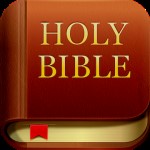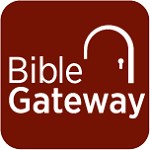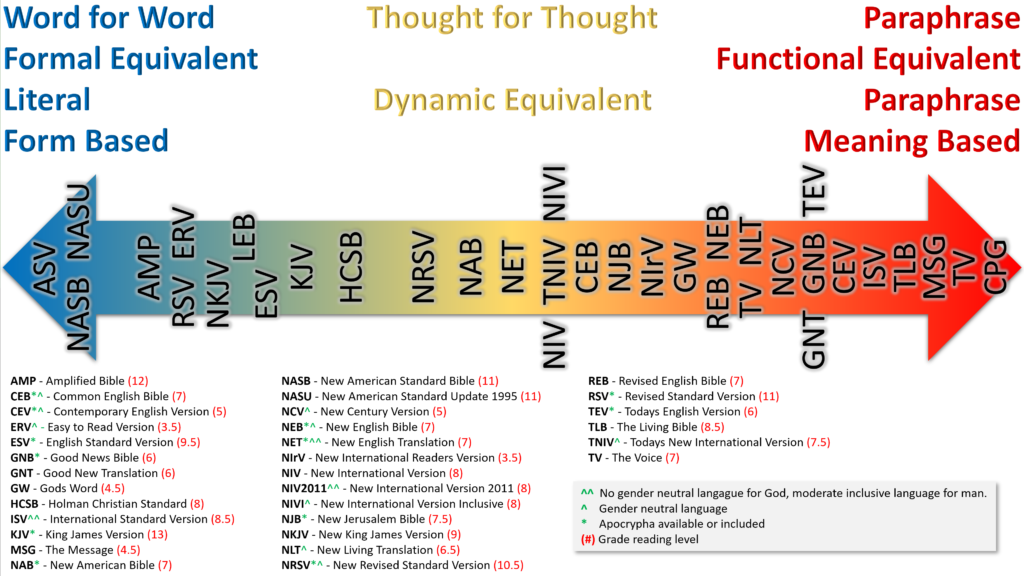
The Bible, or commonly called “Scripture,” was written over about 1,200 years, and for protestant churches is made up of 66 books – 39 books in the Old Testament, and 27 books in the New Testament. The Bible was originally written in Hebrew, Aramaic, and Greek but has been translated into many other languages over time.
The Bible was written by many people and because the authors had different experiences with God, Jesus and The Holy Spirit, each story is different. We can see lots of different sides of God when we read the Bible, however, there is one clear message throughout Scripture: the relationship between God and humanity is a covenant. Covenant can mean “promise” or “bond.” Throughout Scripture, God pursues a complete and wonderful relationship with humanity – those of the past and us today. God loves us, has a plan for our lives, and promises to always be with us.
Selecting a Bible
Getting Started
- Set aside some time for Bible reading. Make it a part of your daily routine.
- Pray before reading. Ask God to open your heart and mind to the Scripture.
- Open the book and read the chapter or Bible story you have chosen out loud. Underline or highlight words/sentences and write down questions and insights that jump out at you.
- After you have read the passage, ask some or all the following questions:
- What did I learn about God from this passage?
- What did I learn about humans (myself) from this passage?
- What does this passage tell me about my relationship with Christ?
- How does this passage call me to grow in my faith?
- How does this passage comfort, help, or heal me?
- Is there a command to follow or an action to be lived out?
- Why did the author feel this was necessary to write about?
- How does this scripture help me live life in my day-to-day routines?
- How does this scripture draw me closer to Christ’s love and inspire me to love others?
 Bible.com is a great resource for reading the bible. They offer hundreds of bible translations, dozens of reading plans, an app, and audio bibles. Be sure to download the app, and if you have kids, the kid app.
Bible.com is a great resource for reading the bible. They offer hundreds of bible translations, dozens of reading plans, an app, and audio bibles. Be sure to download the app, and if you have kids, the kid app. Bible Gateway is another great resource that allows you to search scripture, create reading plans, and view dozens of bible translations. They also offer study tools. download the app.
Bible Gateway is another great resource that allows you to search scripture, create reading plans, and view dozens of bible translations. They also offer study tools. download the app.Bible Reading Ideas
- Study a word such as faith, love, hope, joy, sin, forgiveness, or humility.
- Study the characteristics of God, Jesus, or the Holy Spirit.
- Compare the similarities of the Gospels.
- Study the women of the Bible.
- Learn the many names of God, Christ, and the Holy Spirit.
- Find a reading plan online and follow it each day.
- Study a theme such as baptism, miracles, or righteousness.
- Study Jesus’ parables.
- Study the prophets and their general message or warning.
- Study the Fruit of the Spirit (Galatians 5:22-23).
- Memorize 3-5 verses that you want to guide and direct your life.
- Study a specific book. What is the context, why was it written, how does it matter for today?
- Study the life of Jesus.
- Study the death and resurrection of Jesus.
- When reading place yourself in the story. What do you hear, smell, see, feel?
- Read one chapter of Proverbs each day for a month.
- Study key characters, places, or events.
- Find an accountability partner and read through the Bible together.

